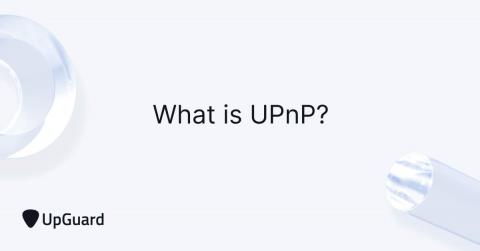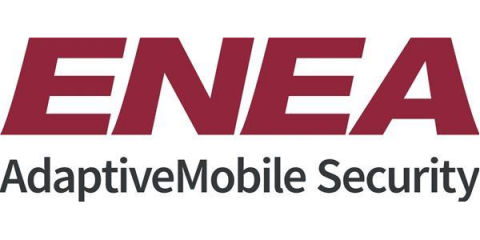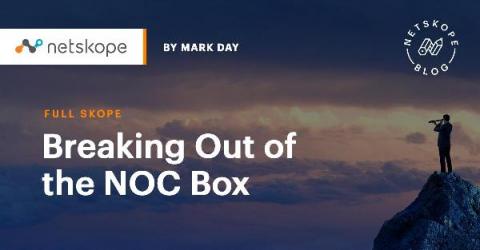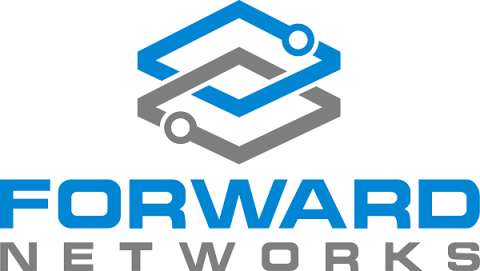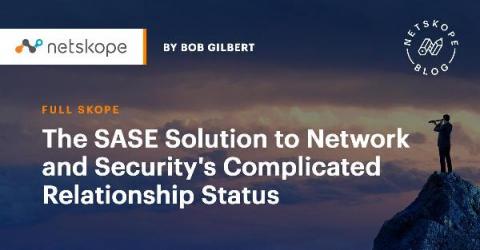Security | Threat Detection | Cyberattacks | DevSecOps | Compliance
Networks
Compromising a Network Using an "Info" Level Finding
Anyone who has ever read a vulnerability scan report will know that scanners often include a large number of findings they classify as "Info". Typically this is meant to convey general information about the target systems which does not pose any risk. Many people who read such reports will generally ignore all of the "Info" findings, and focus only on anything labeled "Critical" or "High". However, this can be dangerous for a number of reasons.
What is Wireshark? The Free Network Sniffing Tool
Wireshark is a free open source tool that analyzes network traffic in real-time for Windows, Mac, Unix, and Linux systems. It captures data packets passing through a network interface (such as Ethernet, LAN, or SDRs) and translates that data into valuable information for IT professionals and cybersecurity teams. Wireshark is a type of packet sniffer (also known as a network protocol analyzer, protocol analyzer, and network analyzer).
What is UPnP? Yes, it's still dangerous in 2021
UPnP (Universal Plug and Play) is a service that allows devices on the same local network to discover each other and automatically connect through standard networking protocols (such as TCP/IP HTTP, and DHCP). Some examples of UPnP devices are printers, gaming consoles, WiFi devices, IP cameras, routers, mobile devices, and Smart TVs. UPnP can also modify router settings to open ports into a firewall to facilitate the connection of devices outside of a network.
AdaptiveMobile Security announces the first unified 5G network security solution to protect mobile networks
What is Asset Discovery? A Look Beneath the Surface
The corporate network can be a busy place with devices connecting, reconnecting and disconnecting every day. With the ever-growing landscape of today’s corporate networks, the difficulty of knowing and understanding what is on an enterprise network has highlighted the importance of effective asset discovery. So what does asset discovery involve? Asset discovery involves keeping a check on the active and inactive assets on a network.
Breaking Out of the NOC Box
When did you first see a network operations center (NOC)? For me, it was 1983 at BBN in Cambridge. With some whiteboards, a few terminals, and a handful of chairs, it was modest compared to ones I’ve seen since–but it was also the NOC for the whole internet at the time. Even then, that significance made it a pretty cool place.
Verify and Validate Zero Trust Architecture
With the constant rise of modern cyber threats, many businesses are aiming for zero-trust infrastructure to keep themselves and their customers safe. But a zero-trust environment, where only authorized people can access information and resources, is often more difficult to implement than anticipated. If security teams and network engineers cannot visualize the network and its possible traffic paths and behaviors, they can’t possibly secure the environment.
.... and now, Security Too
On June 28, we announced new features within Forward Enterprise that help security engineers spend less time on reactive tasks so they can be more proactive. Why would a networking company expand into the security space? Good question. Let me share some of the reasoning that led to expanding deeper into this space, and why I am excited about it.
The SASE Solution to Network and Security's Complicated Relationship Status
If our friends Security and Networking were on Facebook, they would probably both list their relationship status as “It’s Complicated.” Sometimes everything’s great, but now and then things can get a little weird, unclear, or uncomfortable. At many organizations, there has traditionally been a barrier between the security and networking teams. Each team has its own objectives — and at times, those objectives can be at cross-purposes.





